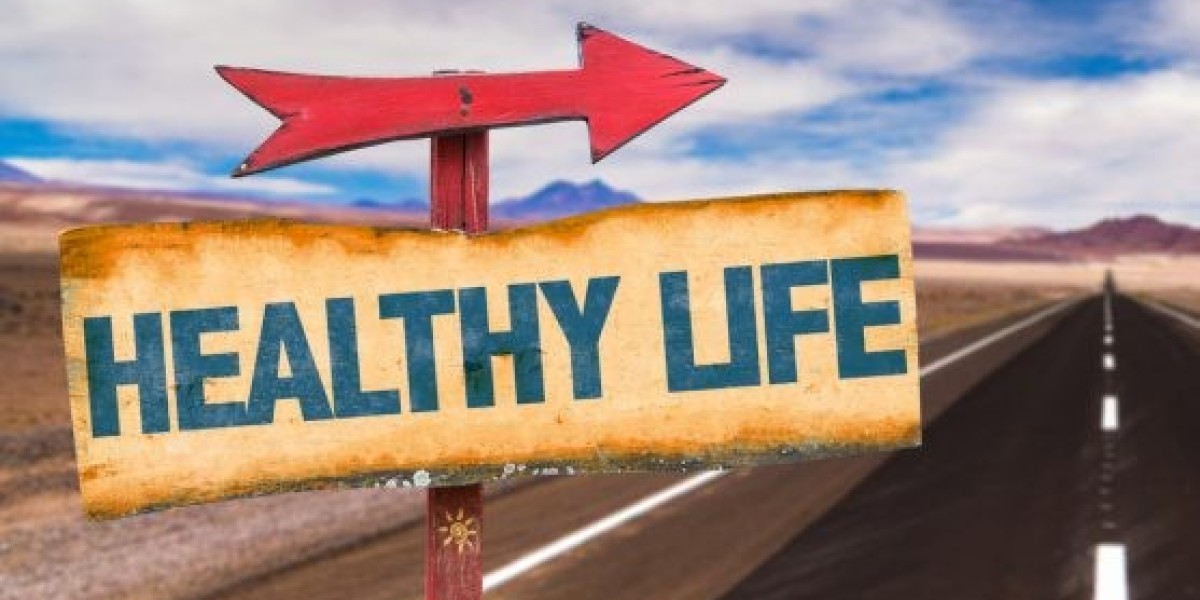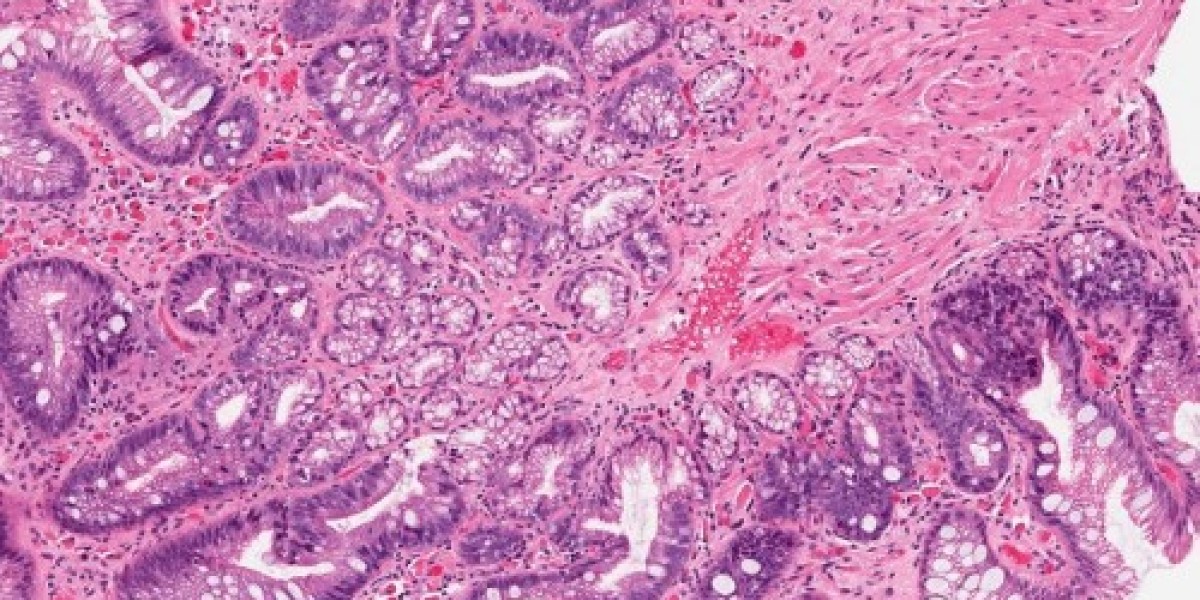Pain is a universal human experience, yet its perception, expression, and management can vary dramatically across different cultures. Cultural beliefs and practices shape how individuals interpret pain, how they respond to it, and the methods they employ for relief. Understanding these cultural perspectives is crucial for healthcare providers to deliver effective, culturally sensitive pain management. This article explores how various cultures perceive pain and suffering and how these beliefs influence pain management practices.
The Nature of Pain in Different Cultures
Cultural Interpretations of Pain
Different cultures have unique interpretations of pain. In some societies, pain is viewed as a natural part of life that must be endured, while in others, it may be seen as a punishment or a test of faith. For example, many Eastern cultures may interpret pain as a sign of spiritual imbalance or karma, requiring spiritual or ritualistic interventions for relief.
Stoicism vs. Expressiveness
Cultural norms dictate how individuals express their pain. In many Western cultures, open expression of pain is often encouraged, allowing individuals to seek help and support. In contrast, some Asian and Indigenous cultures may promote stoicism, where expressing pain is viewed as a sign of weakness. This cultural expectation can lead to underreporting of pain symptoms and reluctance to seek medical assistance.
Religious Belief
Religious beliefs significantly influence perceptions of pain. For instance, in some Christian traditions, suffering is seen as a way to share in the suffering of Christ, leading individuals to endure pain with the hope of spiritual reward. Similarly, in certain Islamic cultures, enduring pain may be viewed as a test from God that strengthens faith.
Pain Management Practices Across Cultures
Traditional Healing Practices
Many cultures employ traditional healing practices to manage pain. For example:
Traditional Chinese Medicine (TCM
TCM uses acupuncture, herbal remedies, and dietary adjustments to address the root causes of pain rather than just alleviating symptoms.
Ayurveda
in Indian culture, Ayurveda emphasizes balancing bodily energies through diet, yoga, and herbal treatments to manage pain.
Use of Opioids and Medications
Attitudes toward pharmaceutical interventions vary widely:
- In Western medicine, opioids are commonly prescribed for managing severe pain; however, cultural attitudes towards addiction can lead to hesitance in using these medications in certain populations.
- Conversely, in some cultures where the use of opioids is frowned upon due to fears surrounding addiction or moral implications, alternative methods such as herbal remedies or physical therapies may be preferred.
Community and Family Involvement
Many cultures emphasize the role of family and community in managing health issues:
- In Hispanic cultures, for example, family members often play a vital role in providing emotional support and care during painful experiences.
- Indigenous cultures may incorporate community rituals and ceremonies that acknowledge suffering while promoting collective healing.
The Role of Healthcare Providers
Cultural Competence
Healthcare providers must develop cultural competence to understand the diverse beliefs surrounding pain among their patients. This involves recognizing individual cultural backgrounds and tailoring treatment plans accordingly.
Communication Styles
Effective communication is essential for accurate assessment and management of pain:
- Providers should be aware that patients from certain cultural backgrounds may communicate their pain differently—either through non-verbal cues or indirect expressions.
- Encouraging open dialogue about cultural beliefs regarding pain can help providers offer more personalized care.
Education and Awareness
Educating patients about their treatment options while considering their cultural beliefs can improve adherence to treatment plans:
- Providers should explain the rationale behind prescribed medications or therapies clearly while being sensitive to any cultural misconceptions about these treatments.
- Engaging patients in discussions about their preferences can foster trust and collaboration in the treatment process.
Challenges in Cross-Cultural Pain Management
Misunderstandings
Cultural differences can lead to misunderstandings between healthcare providers and patients regarding the severity of pain or appropriate treatment options:
- For instance, a patient from a culture that values stoicism may not report high levels of pain even if they are experiencing significant discomfort.
- Conversely, patients from cultures that openly express pain may be perceived as exaggerating their symptoms by healthcare providers unfamiliar with their cultural context.
Health Disparities
Cultural biases within healthcare systems can contribute to disparities in pain management:
- Research has shown that minority groups often receive inadequate pain treatment compared to their white counterparts due to biases in assessing pain levels.
- Addressing these disparities requires ongoing training for healthcare providers on cultural sensitivity and awareness.
Conclusion
Cultural perspectives on pain and suffering significantly influence how individuals experience and manage their discomfort. From interpretations of what constitutes "normal" pain to preferences for traditional versus pharmacological treatments, culture shapes every aspect of the pain experience.
To provide effective care for individuals suffering from chronic pain, healthcare providers must embrace cultural competence by understanding the diverse beliefs surrounding pain management within different communities. By fostering open communication with patients about their cultural backgrounds and preferences while providing education on treatment options, providers can enhance patient engagement and improve overall outcomes.
As our understanding of the intersection between culture and health continues to evolve, it is essential for healthcare systems worldwide to prioritize culturally sensitive approaches that respect individual beliefs while delivering effective pain management strategies tailored to each patient's unique needs.
Naijamatta is a social networking site,
download Naijamatta from Google play store or visit www.naijamatta.com to register. You can post, comment, do voice and video call, join and open group, go live etc. Join Naijamatta family, the Green app.
Click To Download


